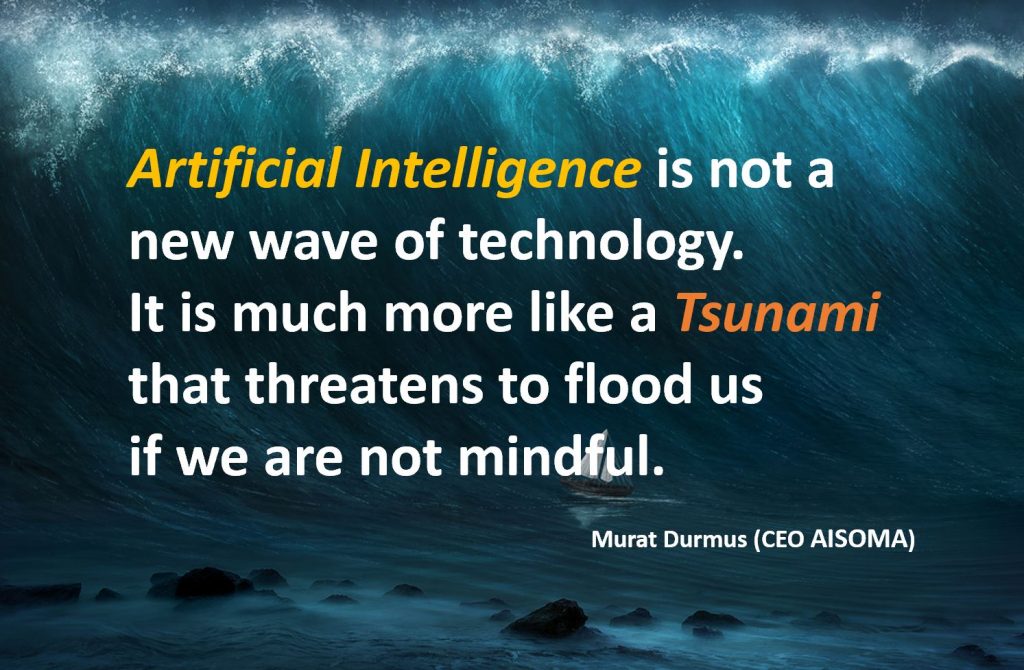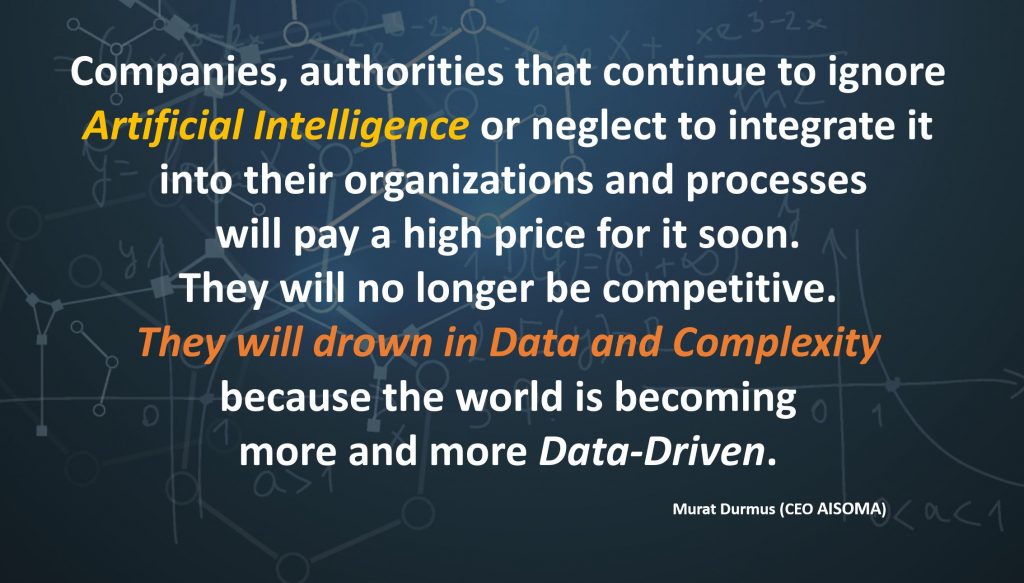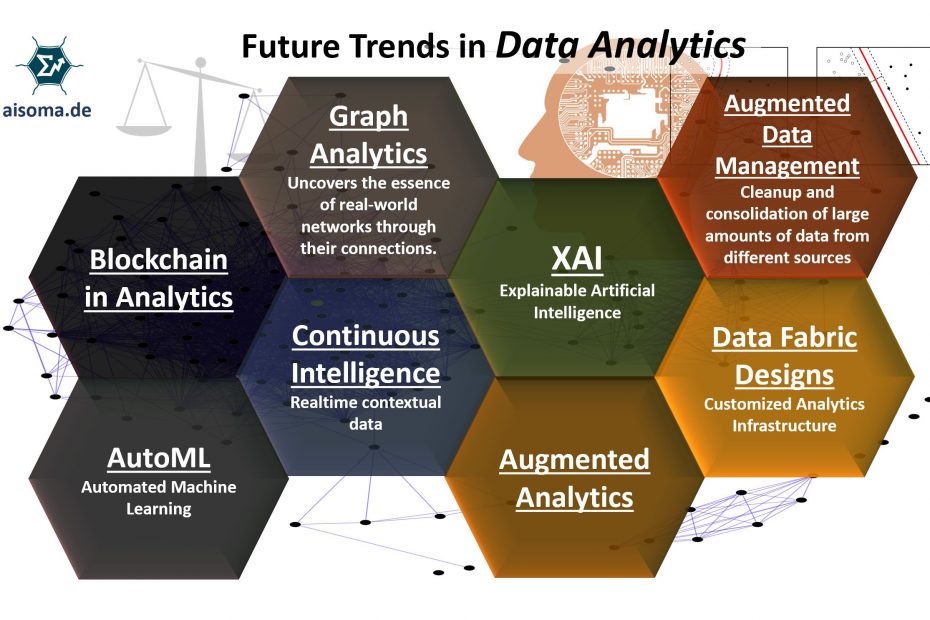It is not always easy to get an overview of the current trends in Data Analytics: Eight promising trends in data analytics are briefly described below.
Automated Machine Learning (AutoML)
AutoML enjoys a steadily increasing popularity (see Forbes). Not least driven by the numerous successes in practical analyses. In a world in which more and more devices produce data and are networked with each other, the data “produced” grows disproportionately. Therefore AutoML is of urgent necessity to gain knowledge from these rapidly increasing data on time. We assume that AutoML becomes even more critical in the coming years and that the analysis methods deliver even more precise and faster results. The field of activity of the data scientist will not disappear, but rather, his focus will shift to more specific or sophisticated analysis techniques. In short: AutoML saves time and money (you don’t need a larger team of data science and machine learning experts). It is also the easiest and cheapest way to enter the world of artificial intelligence or machine learning. (more info)
Explainable AI (XAI)
Explainable artificial intelligence (XAI) is the attempt to make the finding of results of non-linearly programmed systems transparent to avoid so-called black-box processes. The main task of XAI is to make non-linear programmed systems transparent. It offers practical methods to explain AI models, which, for example, correspond to the regulation of the data protection laws of the European Union (DSVGO). (more info)
Blockchain Analytics
Blockchain analysis is the process of inspecting, identifying, clustering, modeling and visually representing data on a cryptographic distributed-ledger known as a blockchain. The goal of blockchain analysis is discovering useful information about the different actors transacting in cryptocurrency. Analysis of public blockchains such as the bitcoin and Ethereum is often conducted by private companies. Bitcoin has long been associated with the trade of illegal goods on the dark web; this has been the case since bitcoin became the standard currency on the now closed Silk Road. (more info)

Augmented Data Management (ADM)
Augmented data management (ADM) involves using machine learning (ML) and artificial intelligence (AI) engines to automate some of the manual tasks involved with managing data. This means making data quality checks, metadata and master data management, and data integration “self-configuring” and “self-tuning”. (more info)
Graph Data Analytics
Graph Algorithms or Graph Analytics are analytic tools used to determine strength and direction of relationships between objects in a graph. The focus of graph analytics is on pairwise relationship between two objects at a time and structural characteristics of the graph as a whole. (more info)
Data Fabric Design
In simplest terms, a data fabric is a single environment consisting of a unified architecture, and services or technologies running on that architecture, that helps organizations manage their data. The ultimate goal of data fabric is to maximize the value of your data and accelerate digital transformation. (more info)
Continuous Intelligence (CI)
Continuous intelligence (CI) from all your data is not another phrase to describe real time, speed or throughput. It’s about frictionless cycle time to derive continuous business value from all data. It’s a modern machine-driven approach to analytics that allows you to quickly get to all of your data and accelerate the analysis you need, no matter how off the beaten track it is, no matter how many data sources there are or how vast the volumes. It’s about not doing this once but letting the machine automate it so it’s continuous and frictionless. (more info)
Augmented Analytics
Augmented analytics uses artificial intelligence (AI) and machine learning to enhance human intuition across all phases of the analytics lifecycle — from the way data is created and prepared, to the way insights are delivered and shared. A combination of data science and artificial intelligence, augmented analytics makes analytics accessible for more people to get value from data, allowing them to ask questions and automatically generate insights in an easy, conversational manner. (more info)

[bctt tweet=”8 Future Trends in Data Analytics #Analytics #AI #BigData #MachineLearning #AUgmentedIntelligence #Security #Blockchain #DataFabric #AutoML #FutureTrends #EmergingTech” username=”AISOMA_AG”]
